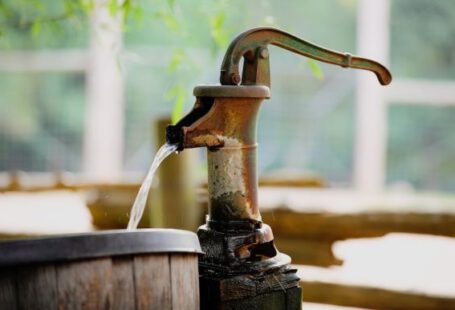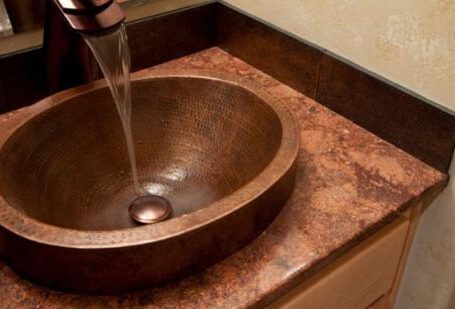When it comes to maintaining your septic system and drains, it’s important to take a proactive approach. Neglecting these essential components of your home can lead to costly repairs and potential health hazards. By following a few simple guidelines, you can keep your septic system and drains running smoothly for years to come.
Regular Pumping
One of the key steps in maintaining your septic system is to have it pumped regularly. Over time, solid waste and sludge can build up in the tank, reducing its capacity and efficiency. By having your septic tank pumped every 3-5 years, you can prevent blockages and ensure proper functioning.
Be Mindful of What Goes Down the Drain
What you put down your drains can have a significant impact on the health of your septic system. Avoid flushing non-biodegradable items such as paper towels, diapers, and feminine hygiene products, as these can clog the pipes and cause backups. Additionally, be mindful of what goes down your kitchen sink. Grease and cooking oils can solidify in the pipes, leading to blockages and foul odors. Use a strainer to catch food particles and dispose of them in the trash.
Conserve Water
Conserving water is not only beneficial for the environment but also for your septic system. Excessive water usage can overload the system and lead to a buildup of waste. Repair any leaking faucets or toilets promptly and consider installing low-flow fixtures to reduce water consumption. Additionally, avoid doing multiple loads of laundry or running the dishwasher all at once. Spacing out water usage can help prevent strain on your septic system.
Use Septic-Safe Products
When cleaning your home, opt for septic-safe products that won’t harm your system. Harsh chemicals can disrupt the natural balance of bacteria in the septic tank, hindering its ability to break down waste. Look for products labeled as septic-safe or environmentally friendly. Using natural alternatives such as vinegar and baking soda can also be effective for cleaning without causing harm to your septic system.
Maintain Your Drainfield
The drainfield is an essential component of your septic system that helps filter and distribute wastewater. To ensure its proper functioning, avoid parking vehicles or placing heavy objects on top of the drainfield. Planting trees or shrubs near the drainfield can also lead to root intrusion, which can damage the pipes. Regularly inspect the drainfield for signs of standing water or foul odors, as these can indicate a problem with your septic system.
Schedule Regular Inspections
In addition to regular pumping, it’s important to have your septic system inspected by a professional regularly. They can assess the condition of your tank, check for leaks or damage, and provide recommendations for maintenance. Regular inspections can help identify and address potential issues before they become major problems.
Conclusion: Taking proactive steps to maintain your septic system and drains is essential for the longevity and functionality of your home’s plumbing. By following these guidelines, you can avoid costly repairs and ensure the health and safety of your household. Remember to schedule regular pumping, be mindful of what goes down the drain, conserve water, use septic-safe products, maintain your drainfield, and schedule regular inspections. With these measures in place, you can enjoy a properly functioning septic system and drains for years to come.



